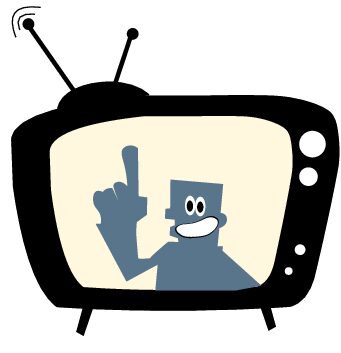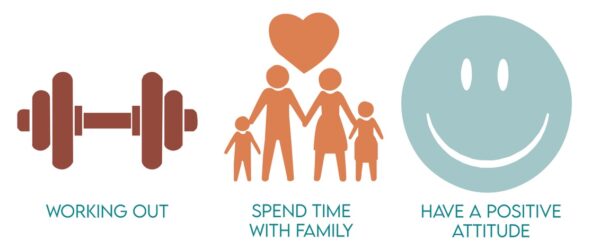
photo credit: Hiya Patel
Long gone are the days of “The Backyardigans”, Dora teaching kids Spanish, and the child music geniuses the Little Einsteins. Instead, we’ve traded in those gems for shows like “Cocomelon” which some consider as a newer term, “brain rot”. But do shows for children seem dumber now, or are we just older and recognize the childishness?
Writer, Sujay Utkarsh from Carnegie Mellon’s The Tartan newspaper said that childhood media is indeed getting dumbed down. In Sujay’s search, he went down two rabbit holes. One being a binge of childhood classics that he grew up on, and the other being the current younger generation’s enjoyment.
Sujay found that the shows he watched as a kid still held up and could clearly identify the issues being addressed in shows like “Good Luck Charlie”, and “Courage the Cowardly Dog”.
However, with Sujay described them as flashy, and put an eccentric tone on them. Sujay even said they make the viewer think they are too stupid to understand deep points.
We have to agree with Sujay’s opinion. Shows targeted for younger audiences don’t hold the same volume that they once did on audiences. When we were little, even our parents found enjoyment in shows like “Good Luck Charlie”.
The production companies also seem to agree that shows from the early 2000s are better quality than newer material being put out. With reboots being spewed out in recent years, “That’s so Raven” “ICarly”, and a recently announced new “Wizards of Waverly Place” series, which went into production earlier this year.
While views might increase from the audience getting to see familiar characters again, nostalgia bait can only support the aging audience that is now in their early to mid 20’s rather than nine years old.
We believe companies like Disney and Nickelodeon should use old shows as models on how to make fresh content for the new generation rather than simply just revert back to the old show entirely and expect young kids to resonate with characters they’ve never even seen before.
However, many production companies are also just pivoting to shows that aren’t cable centered, and release on streaming platforms rather than time slots throughout the day. As a result, younger audience focused shows on streaming have less quantity of episodes, but higher production costs. We can see the difference when looking at old Disney Channel shows that focused on the same set each episode, compared to Disney’s new Percy Jackson series, which sees the characters in various locations in its eight episodes.
It’s unclear if we will even have cable television in future decades, as streaming continues to rise, but we, as a staff, encourage production companies to use the old cable shows as models for the themes that transcend time. We don’t support reboots of previous shows but original storylines with similar themes. Children shows should down or actually explore plot lines and issues that they can enjoy rather than flashing colors and songs for 22 minute episodes.


